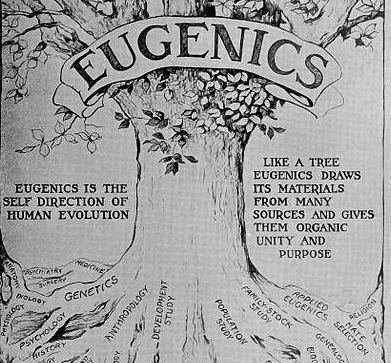Aggregated News

In 2018, Dr James Tabery watched a documentary about North Carolina’s eugenics program and the fraught effort to financially compensate survivors. The film changed his life.
“Seeing The State of Eugenics . . . everything crystallized for me,” said Tabery, a professor at the University of Utah’s Philosophy Department. “It was like this isn’t history or it’s not just history. These people are out there.”
In fact, as many as forty-eight people may still be out there, at an average age of seventy-nine, who were sterilized against their will under the auspices of the Utah State government, according to estimates by Tabery and other researchers.
No survivors in Utah have come forward so far. Social stigma surrounding sterilization often prevents people who want to come forward from doing so. In other states, survivors came forward only after compensation programs were enacted or after they collaborated with journalists to promote discussion around the need for compensation.
The reasons why there are likely so few living survivors in Utah are numerous. For example, many people with intellectual disabilities have limited access to...



